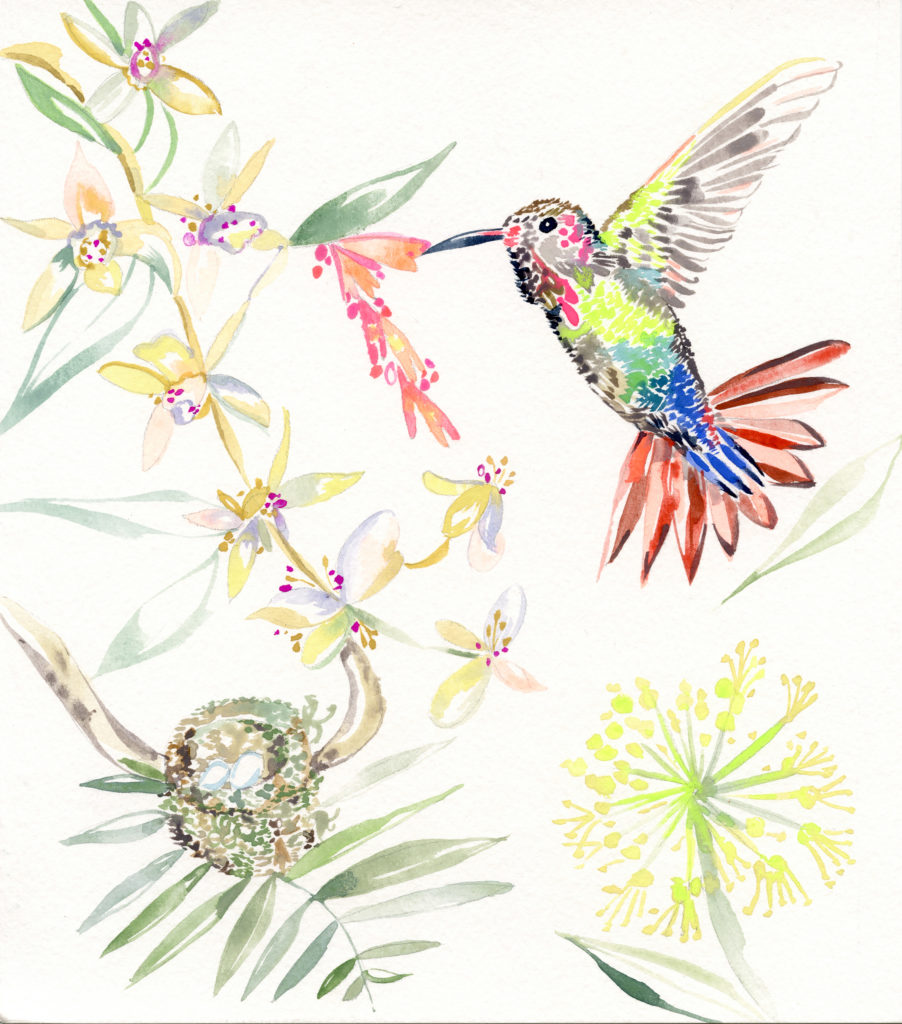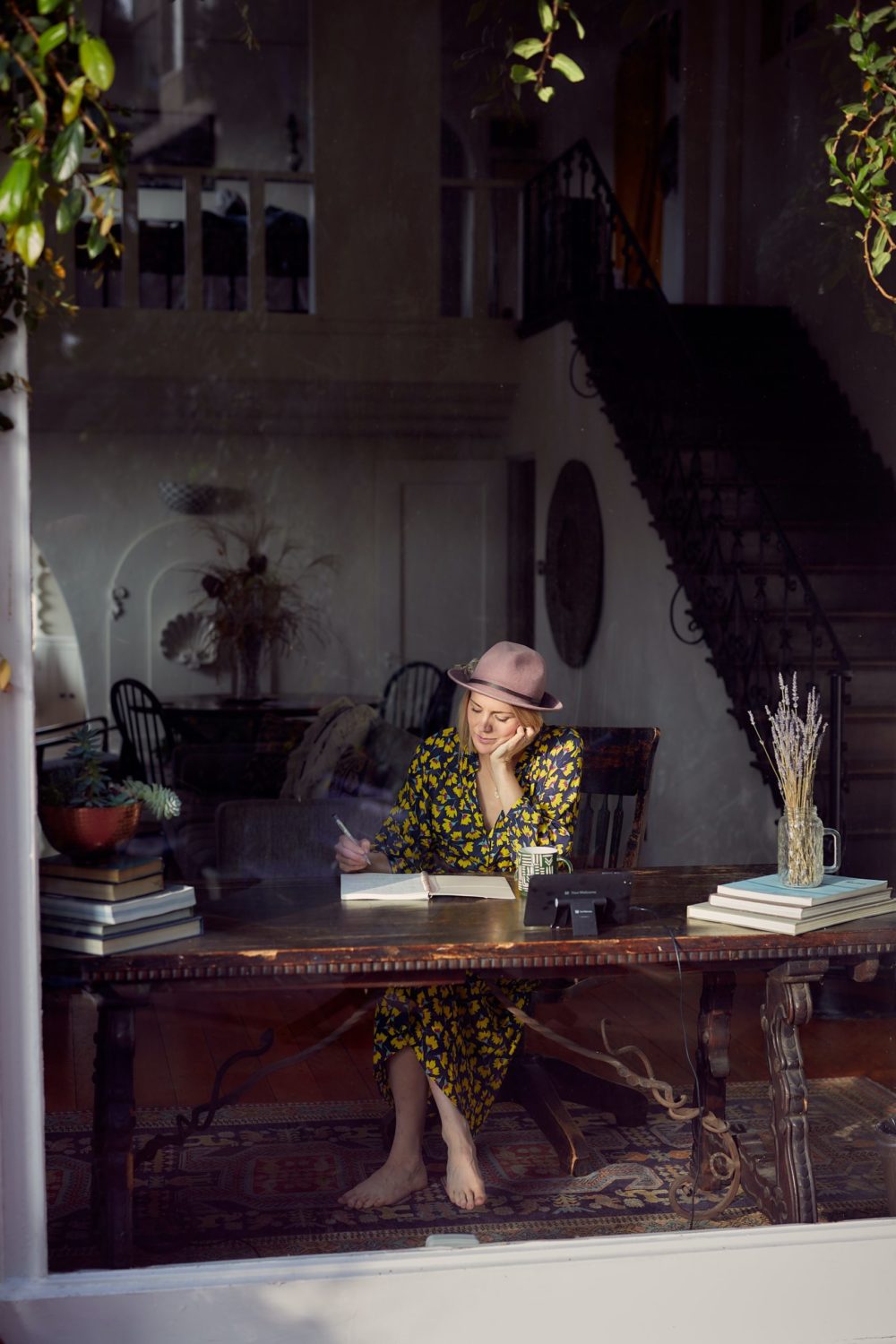In “El Zunzuncito,” the poet creatively conjures the delicate majesty of the hummingbird, a creature who never fails to capture our attention and imagination. In this tightly woven poem, words have the luster of gems, evoking the jewel tones of the tiny bird while inviting us to witness a life both relatable and otherworldly. Like the poem’s namesake, these lines move, alighting on image after image, ceasing only with the poem’s arresting final stanza, an ending that left this reader breathless.
We are pleased to share “El Zunzuncito” as one of the two finalists of our Environmental Writing Prize. —Mary Luttrell
El Zunzuncito (Cuban Bee Hummingbird)
(Mellisuga helenae)
…there always exists one more beyond in the marvelous works of creation.
—Juan Lembeye, Los aves de la isla de Cuba, 1850.
The smallest bird lives on nectar,
named zunzun for the whir
of its wings, which
invisibly trace infinity.
Also zumbite (buzzer)
or trovador (troubadour).
Co-evolved with flowers,
shimmering lime to sapphire,
they can mate in mid-air.
In spring el macho’s
head and neck grow brilliant
pink-orange-reds. He joins
a lek, a band or team
that sings and competes in
intricate displays, in hoodies
like iridescent lipsticks.
Each female a prom queen
can hook up
with several machos.
She’ll still end up a single mom.
Fed on orchids and sarsaparilla,
she builds her cup-shaped nest alone
(so tiny, it can fit on a clothespin)
in calabash or cashew tree.
She gathers wool from ceiba
trees or twisted airplant,
lined with moss, down, fur.
Spider web for spandex.
She lays two eggs like white
coffee beans. Her blue-green
plumage blends in; el macho’s
gaud could give away the nest
to hawks, falcons, even
spiders. The chicks
hatch blind, naked. Dark red
turns gold, then dull
velvet with a cobalt sheen.
For protein, she hunts
mosquitoes the way hawks
do pigeons, thousands a day
till the two-inch
pichones have fledged.
Back on her liquid diet
(she weighs less than a dime)
she sips a thousand blossoms
a day of hummingbird or fire
bush, Cup of Gold or Chalice
Vine. Birds so beautiful
in the nineteenth century rich women
wore them, stuffed, on their hats.





